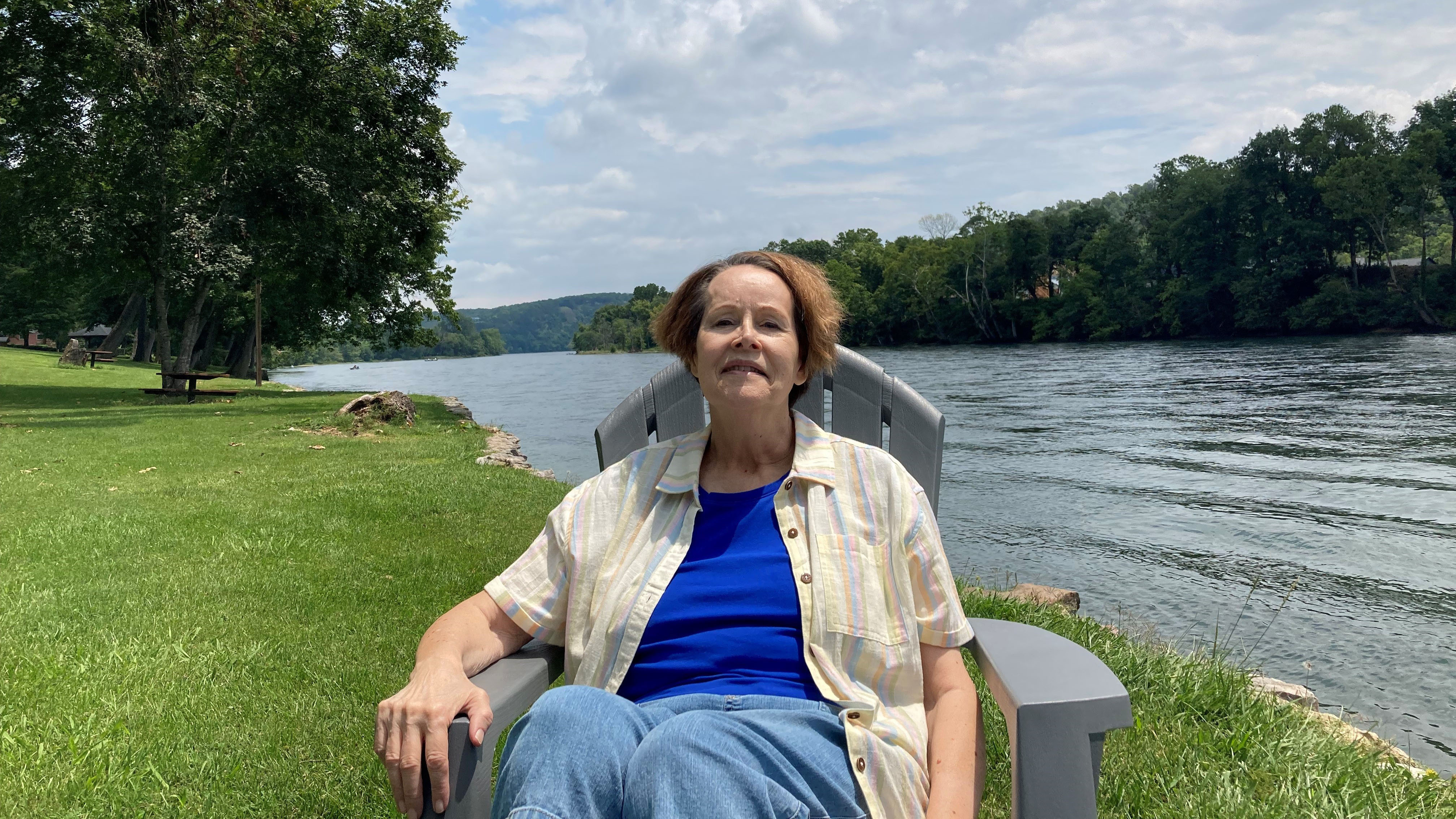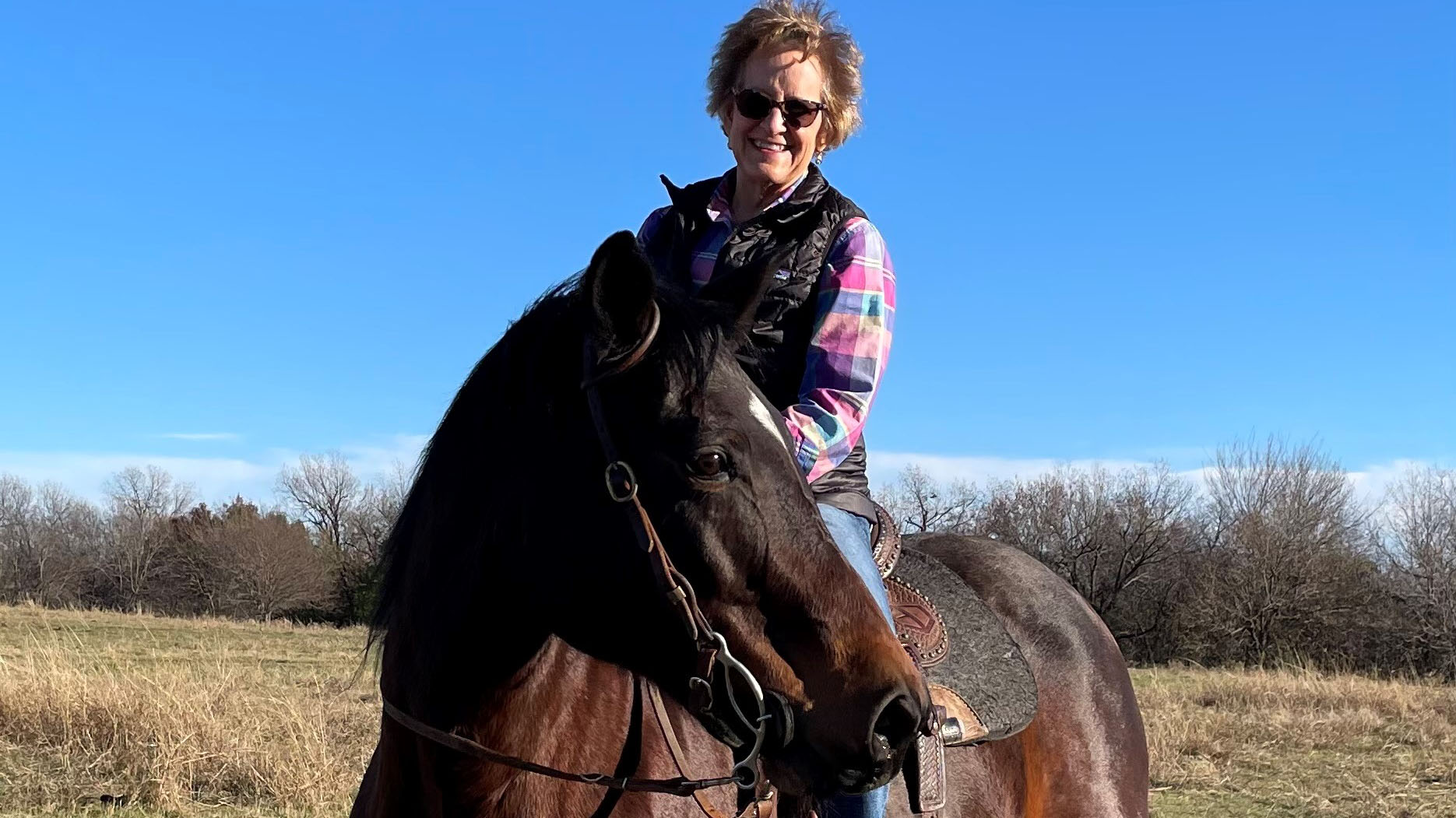- Diseases
- Acoustic Neuroma (14)
- Adrenal Gland Tumor (24)
- Anal Cancer (68)
- Anemia (2)
- Appendix Cancer (16)
- Bile Duct Cancer (26)
- Bladder Cancer (72)
- Brain Metastases (28)
- Brain Tumor (230)
- Breast Cancer (720)
- Breast Implant-Associated Anaplastic Large Cell Lymphoma (2)
- Cancer of Unknown Primary (4)
- Carcinoid Tumor (8)
- Cervical Cancer (158)
- Colon Cancer (166)
- Colorectal Cancer (114)
- Endocrine Tumor (4)
- Esophageal Cancer (44)
- Eye Cancer (36)
- Fallopian Tube Cancer (8)
- Germ Cell Tumor (4)
- Gestational Trophoblastic Disease (2)
- Head and Neck Cancer (10)
- Kidney Cancer (128)
- Leukemia (348)
- Liver Cancer (50)
- Lung Cancer (288)
- Lymphoma (284)
- Mesothelioma (14)
- Metastasis (30)
- Multiple Myeloma (100)
- Myelodysplastic Syndrome (60)
- Myeloproliferative Neoplasm (4)
- Neuroendocrine Tumors (16)
- Oral Cancer (102)
- Ovarian Cancer (174)
- Pancreatic Cancer (164)
- Parathyroid Disease (2)
- Penile Cancer (14)
- Pituitary Tumor (6)
- Prostate Cancer (146)
- Rectal Cancer (58)
- Renal Medullary Carcinoma (6)
- Salivary Gland Cancer (14)
- Sarcoma (238)
- Skin Cancer (296)
- Skull Base Tumors (56)
- Spinal Tumor (12)
- Stomach Cancer (64)
- Testicular Cancer (28)
- Throat Cancer (92)
- Thymoma (6)
- Thyroid Cancer (96)
- Tonsil Cancer (30)
- Uterine Cancer (80)
- Vaginal Cancer (16)
- Vulvar Cancer (20)
- Cancer Topic
- Adolescent and Young Adult Cancer Issues (20)
- Advance Care Planning (10)
- Biostatistics (2)
- Blood Donation (18)
- Bone Health (8)
- COVID-19 (362)
- Cancer Recurrence (120)
- Childhood Cancer Issues (120)
- Clinical Trials (636)
- Complementary Integrative Medicine (24)
- Cytogenetics (2)
- DNA Methylation (4)
- Diagnosis (232)
- Epigenetics (6)
- Fertility (62)
- Follow-up Guidelines (2)
- Health Disparities (14)
- Hereditary Cancer Syndromes (126)
- Immunology (18)
- Li-Fraumeni Syndrome (8)
- Mental Health (118)
- Molecular Diagnostics (8)
- Pain Management (62)
- Palliative Care (8)
- Pathology (10)
- Physical Therapy (18)
- Pregnancy (18)
- Prevention (916)
- Research (398)
- Second Opinion (74)
- Sexuality (16)
- Side Effects (608)
- Sleep Disorders (10)
- Stem Cell Transplantation Cellular Therapy (216)
- Support (402)
- Survivorship (322)
- Symptoms (184)
- Treatment (1790)
Tips on how to navigate MD Anderson
BY Colin Clarke
5 minute read | Published March 01, 2023
Medically Reviewed | Last reviewed by an MD Anderson Cancer Center medical professional on March 01, 2023
Nearly eight years ago, I was undergoing surgery at MD Anderson to remove a low-grade brain tumor. My treatment lasted about 18 months. Although my first visit to MD Anderson was a bit daunting, I can say without a doubt I made the absolute best decision for my care and treatment.
These days, I’m doing more of what I love: spending time with my family, golfing and volunteering with MD Anderson’s Patient and Family Advisor Program (PFAP), where I share my feedback to help MD Anderson improve the patient experience and give back to the hospital that has given me so much.
Here are some tips for patients and caregivers based on my experience at MD Anderson.
1. Realize you’ve come to the right place.
There’s a reason MD Anderson is world-renowned. Its employees are great at what they do. If you’ve been diagnosed with cancer somewhere else, consider going to MD Anderson for a second opinion. They’re subspecialists in their fields, and they know cancer better than anyone else.
Before I began my treatment at MD Anderson, I’d spoken to a couple of friends who had been treated there. They told me how friendly everyone was, and at the time, I didn’t think that would be important to me. I just wanted to get better. But on my very first visit to MD Anderson, I noticed within 20 minutes how friendly everybody was. It makes you feel good.
2. Your first visit is important.
Many patients are a ball of nerves during their first visit. Follow this advice to help make your visit go smoothly:
- Plan ahead for parking: To make parking easier, map out which parking garage or surface lot and building you’ll be visiting beforehand. Be sure to pay attention to lot signage, which will often have colored indicators at the entrance. (In the Mays Clinic parking garage, green means spaces are available while red means the lot is full). At the Texas Medical Center Campus, MD Anderson also offers patient shuttles if you need to travel between different buildings.
- Ask questions: Before your first appointment, write down your questions. When you speak with your doctor(s), be sure to write down the answers to your questions. It may be difficult to remember everything you’re told once you leave. Don’t be afraid to ask your doctors to explain or clarify something. It’s important that you understand what they’re telling you.
- Learn your care team members: You’ll meet several members of your MD Anderson care team during your first visit, so make sure you know who they are. You’ll receive a First Visit guide that explains the different color uniforms MD Anderson clinicians wear. Try to familiarize yourself with this – it helps.
Information for new patients is available at MDAnderson.org/FirstVisit. You can find the First Visit guide on that page, too.
- Bring essential items: It will be a long day – or days, so bring a sweater, book to read, phone charger and music to listen to. If you’re wearing wireless headphones or earbuds, be sure to leave one ear free, so you can hear when your name is called. Bring snacks, and ask a staff member where you can get food on campus, in case you want a bigger meal throughout the day.
- Learn how to use MyChart: MyChart allows you to securely access your medical records online. If you have multiple appointments, such as an MRI or bloodwork, the results will appear in MyChart, and you can check it using the mobile app. If you have trouble navigating the app or using technology, you can get help in The Learning Center, MD Anderson’s patient library.
3. Ask about MD Anderson’s support services.
Support services may not be the first thing on your mind, but consider asking your care team about resources to help you through your cancer treatment. Within the first few weeks, there will probably be things you need. For example, if you're undergoing chemotherapy, you may need to see a dietitian who will tell you what foods to eat or avoid.
Without question, I would speak to a social work counselor as early as possible because they can provide information about support groups and help find the right one for you. I attended a series of brain tumor education group meetings, and they helped me a great deal. What you learn in a 40-minute session could take three years to figure out for yourself.
4. Caregivers need to take care of themselves.
While cancer treatment is stressful for the patient, it’s also stressful for the caregiver. If a caregiver gets sick, they can’t care for the patient. The caregiver is an integral part of the patient’s care – from the first visit throughout the course of treatment and recovery. It’s important that caregivers take care of themselves physically and mentally. If you’re a caregiver, consider joining a caregiver support group, where you’ll get practical advice on everything from affordable medication to self-care. Chatting with other caregivers also allows you to connect over shared experiences and gain some fresh perspectives.
5. Exercise as much as you can.
Exercise is a benefit for anyone, but especially patients going through cancer treatment. I remember my first time exercising during treatment: I was on the treadmill and even my collarbone and shoulders hurt, but I knew it was important for me to push through. Sleep deprivation is a huge problem for many cancer patients because they're so concerned about their diagnosis, so if you feel up to it, exercise as much as your doctor will allow. Exercise tires you out, so you can sleep at night. Exercise also provides you with a routine.
6. Get involved.
Attend MD Anderson fundraising events like the annual Boot Walk to End Cancer®, or become an MD Anderson volunteer. This is a good way to network with other patients and caregivers and connect with MD Anderson employees outside of the clinic. It humanizes them. You can see they’re actually real people, and then the clinic visits aren't quite as daunting. Plus, they’re nice people.
7. Try to live your life.
I know it can be easier said than done, but try to get back to doing what you were doing before your cancer diagnosis in some way. I enjoy sports, so during my oral chemotherapy treatment, I traveled back to Scotland and played golf there. I'm quite a social person, and members of my care team seemed to like my sense of humor. There were days I’d tell jokes, and sometimes my nurses would joke with me. Being able to laugh and interact with them helped me feel like I was getting back to my normal self.
Today, sharing my story has helped a lot. I'm happy to show my doctors my recovery, so in turn, they can provide hope to other patients in similar situations. They can say, ‘I know a guy who has made a full recovery.’ And if that helps one person, it’s all been worth it.
Request an appointment at MD Anderson online or by calling 1-833-727-0767.
Related Cancerwise Stories

Don’t be afraid to ask your doctors to explain or clarify something.
Colin Clarke
Survivor





